Endangered Species LAND GRAB: Shutting Down FARMS Over FAKE ANIMALS
The craziest story you've never heard. How NGOs work with the government to seize control of private property under the guise of "new species" discoveries...
Buried deep in congressional testimony is an abundance of outraged citizens, ranchers and farmers who have been put through absolute hell by the Wildlands Project; an organization who has a single goal: remove at least 50% of American land from its citizens, at any cost (Agenda 21, Agenda 2050). It has been proven that the Wildlands Project has been abusing the Endangered Species Act in numerous ways including making claims of fake species then forcing farmers, ranchers, builders, miners, developers and property owners to prove no such existence of the animal, in a race against time. You see, if the rancher cannot prove non-existence of said species his heard must be relocated, or worse, the heard is seized and the ranch is completely shut down. Folks, proving something does not exist is nearly impossible.
Today we are going to look at this massive sham that has been occurring for over half of a century, yet nobody knows about it. This is the craziest story you've never heard.
The Wildlands Project, Explained
The Wildlands Project calls for “reserves established to protect wild habitat, biodiversity, ecological integrity, ecological services, and the evolutionary processes”. In other words, vast interconnected areas of true wilderness and wild lands… free from humans, technological and industrial intervention. This includes extensive roadless areas, also 100% off-limits to humans. The Wildlands Project has proposed to set aside at least half of North America for ``the preservation of biological diversity.'' The resulting ``wildland reserves'' would contain:
Cores, created from public lands such as national forests and parks, allowing for little, if any, human use
Buffers, created from private land adjoining the cores to provide additional “protection”
Corridors, a mix of public and private lands usually following along rivers and wildlife migration routes; of which there will be no cities, roads, homes, businesses, no aircraft over-flights, or natural resource extraction, ever.
(1:12 video)
The Endangered Animal Land Grab
Because The Wildlands Project is not a government entity, they must work with the Bureau of Land Management, known as “BLM”… but they’re the original BLM, not the new-and-improved-burn-down-a-city BLM. BLM, in the name of wildlife protection, can have land labeled “off limits” to citizens. There are two main ways which The Wildlands Project goes about achieving this:
First, is getting animals labeled “Endangered”. When an animal is officially considered Endangered, it is added to the Endangered Species List, and that triggers the Endangered Species Act, which sets off a chain of events that cannot be easily stopped. Those events are rushed to quickly protect the animal, which means shutting down the area which it is currently reported to be located on… according to The Wildlands Project. Shuttering the area is not limited to forests; it also means halting construction projects that are in progress, closing mines, or even stopping a property owner from using their own land. I once saw this video of this woman who had these massive Commodore birds on her back deck, destroying her property, yet the government decided she was not able to do anything to make them leave, so she was forced to let her property be destroyed. She then began offering “Endangered Species Viewings” by charging people to come into her home and birdwatch. I guess she turned lemons into lemonade the best she could, eh?
But it doesn’t end there. An Endangered Animal isn’t just allowed to reside on it’s current property, additional land surrounding the property will be allocated to them. And, once an animal makes the Endangered List, it rarely ever is removed, regardless of “population rebound” numbers. Here’s a handful of utterly insane examples:
The Grizzly Bear
Pre-1980s, the Wildlands Project claimed that Grizzly bears were endangered, but by 1982, according to U.S. Fish & Wildlife Service, the population was considered “stable”. Because the Grizzly was no longer in jeopardy, builders, farmers and property owners were trying to get the Grizzly removed from the Endangered Species List so life could get back to normal, but having the list updated proved to be no easy task. They would always run into another lawsuit to halt the process. Despite the population having “rebounded”, over 13 years later, in 1993, a Grizzly Bear Recovery Plan was developed, which consisted of the establishment of 6 core areas of grizzly populations in 5 States. It also called for the establishment of corridors, with one going from Idaho to Montana to Washington. This corridor was to be 230 miles long, which happens to be nearly double the furthest distance a grizzly travels therefore the corridor would be impossible for a grizzly bear to use.
As of 2005, 23 years after the recovery of the grizzly population, the bear was still considered to be Endangered, and was halting all energy development along the front range of Wyoming and Nevada which are some of the biggest natural gas reserves in the United States.
It is now 2023, 43+ years later, and Congress has ruled that FINALLY the Grizzly will be removed from the ESA. (H.R. 1419).
Keep Me Writing! Make a KoFi Donation
New Species Discoveries
The second way The Wildlands Project abuses the Endangered Species Act is claiming discovery of new species on specific land. The Wildlands Project “discovers” new species semi-frequently and rushes to have them cataloged as Endangered, which, as you already know, will instantly set off the chain of events that are very hard to stop. By 1995, Wildlands Project groups had petitioned for the listing of literally hundreds of species and new species. As an example of the abuse, two species which the Wildlands Project groups were successful in listing as new and endangered species were the Prebles Jumping Mouse and the Sierra Nevada Bighorn.
The Story of the Prebles Jumping Mouse
Due to the discovery of this little guy, critical habitat designations and recovery plans cost the Colorado economy and taxpayers an estimated $4 billion. Although it was an emergency to rush conservation of the Prebles Jumping Mouse, DNA analysis was slow-walked. It was so slowly-walked that a quadruple-amputee without a wheelchair could have gotten the results faster. DNA test results of the mouse took over 15 years to be completed, and when it was… [pause for shock and awe] … … …. … it was determined that the Prebles Jumping Mouse was not a unique species. In fact, it wasn’t even a unique subspecies. Oopsie!
As of 2023, this mouse is labeled “Not endangered. Of least concern” by the government but that’s not stopping the Colorado Land-Grab activists who are still trying to use this mouse to shut down farms, ranches and development in Colorado. Only two years prior, a new Conservation Venturewas launched, and this time the State Land Board is in on it:
The Tale of the Sierra Bighorn
When the Sierra Bighorn was discovered near ranches, it was a really HUGE deal, I mean, after all, it’s a Sierra Bighorn!
Due to the Bighorn discovery, farmers and ranchers had to remove 60,000 domestic sheep from domestic grazing allotments and another heard of 60,000 was targeted for removal. Then, to ensure the survival of the Bighorn, they began transplanting the them into regions of historic livestock grazing. What they did was capture segments of the newly discovered Bighorn herd then relocate each segment to commonly-used grazing allotments, therefore shutting down those additional lands.
Economic impacts on the sheep industry were estimated to be as high as $100 million.
It took citizens two years to obtain a DNA sample from the U.S. Fish & Wildlife Service for the Sierra Bighorn. Do you want to pause for suspense? … … … Nuclear DNA analysis suggested that the Sierra Bighorn is also neither a distinct species nor a distinct subspecies, meaning, that big boy is just another sheep.
Yet somehow, as of 2008, the Sierra Bighorn was officially added to the Endangered Species Act and 40,000 acres of land were labeled off-limits to citizens for these sheep.
But that wasn’t enough. According to The Center for Biological Diversity’s Timeline, in 2014, BLM eliminated ranchers from domestic sheep grazing in two more massive areas of land (the Green and Dog Creek allotments). By 2023, in addition to all of the already-protected land, they renewed the ban on ranchers using the land on the Conway and Mattly ranches.
The Aplomado Falcon
In the 1980’s the Aplomado Falcon was listed as an endangered species in New Mexico, but what they failed to mention is that the species hasn’t existed in the state for 40+ years.Due to the endangered status, BLM had to restrict energy development on 36,000 acres on Otero Mesa just in case the falcon decides to come back. An additional 88,000 acres on Otero Mesa are also off-limits for other conservation concerns. To add insult to injury, the falcon can be found in great abundance on the entire continent of South America, throughout Central America, all of Mexico, and into Texas. Fun fact: It’s 2023 and the Aplomado Falcon is still Endangered and protected in New Mexico.
But it gets crazier…
The Gray Wolf
Like the Grizzly Bear disaster in Oregon, two court decisions made it nearly impossible to ever delist the Gray Wolf. In 2005, the first court ruled that while populations had been deemed sufficient in many areas, the Gray Wolf is to remain on the list until it has been considered “recovered” in New England, the Appalachians and the entire Southwest.
In 2014, the Center for Biological Diversity produced a map showing 350,000 square miles of additional habitat for the wolves. The habitat that was already been allotted and was already being protected is shown in light green color below. The darker green color was “potential habitat” that they wanted seized:
Then, following a February 2022 court order, gray wolves in the contiguous 48 states and Mexico, with the exception of the Northern Rocky Mountain population, were to be protected under the Endangered Species Act. So even IF the population did rebound in New England, the Appalachians and the Southwest (per the 2005 ruling), it will now have to also be proven that the population has rebounded in 48 states and Mexico to remove it from the ESA.
Due to the 2022 court ruling, additional“Critical Habitat” was, and is, currently being established for these wolves. Minnesota and Michigan are two of the more recent states to seize land for protection purposes.
In January 2023, a third court ruled that no appeals cases regarding these rulings will be looked at until February 2024.
The Common Timber Rattlesnake & The Alaskan Wolf
The Biodiversity Legal Foundation, who works on behalf of The Wildlands Project, petitioned to list the Common Timber Rattlesnake with critical habitat in 31 states which included millions of acres of white pine. White pine is a very important resource for the construction industry. It is used to make doors, windows and more. High-grade white pine material is used for applications such as siding of various kinds, both exterior and interior woodwork, and millwork whereas lower-grade boards are often used for sheathing, knotty paneling and sub-flooring.
They also wanted to list the Alaskan Wolf. In each of these cases, U.S. Fish & Wildlife Service found the petitions either unwarranted or unsubstantiated with scientific fact. But, these findings only occurred after citizens used their own financial resources to fight the petitions, often times in court.
Update: As of 2023, the Timber Rattlesnake now endangered all over the USA:
And, although the government of Alaska and the Department of Fish and Game just made it clear that the Alaskan Wolf is not at all endangered, the activist groups are letting us know that any day now, it will be on the list, because… climate change.
The Gila Trout
In New Mexico, the Gila Trout was first listed as endangered in 1967. The U.S. Fish & Wildlife Service proposed downgrading it to threatened in 1987 but under pressure from you-know-who, proposals were withdrawn. Another request came in 1996 but nothing happened then either. In 2005, the U.S. Fish & Wildlife Service attempted to downgrade the trout a third time but ran into stiff objections from anti-development groups. As of 2021, the trout is on the Threatened list, only 1 decision away from being Endangered again.
Taxpayer Cost of the Endangered Species List
Enforcing the ESA is very expensive to taxpayers. In the west, the U.S. Fish and Wildlife Service (a federal agency) estimates it will cost about $30 million to $40 million to protect the endangered southwestern willow flycatcher.
This cost does not include the financial loss suffered by property owners, whether it be through forfeiture of use of their land or loss of revenue from being unable to ranch or farm or the expense of having to purchase new property and relocate their businesses. This cost does not include construction projects stopped or mines being shuttered. This cost does not include the elimination of use of natural resources which forces companies to import the same resources from other cities, states or counties despite the resource being in their own back yard. This cost does not include the overall economic impact suffered by the cities and states due to these decisions. And this cost does not include the amount spent by citizens, forced to battle the petitions on an ongoing basis in effort to save their livelihood. The government provides no financial aid for property owners who have had their property declared off-limits. The government does not assist, nor reimburse, any relocation costs, let alone the current and future lost revenue.
An outrageous expense for species protection is the rule rather than the exception. As of 2023, there are 1,300 Endangered Species and everything on the Threatened Species List is on the verge of becoming labeled Endangered. But those 1,300 are not the full scope of the situation. The CITIES is another group which is currently protecting 6,610 species of animals and 34,310 species of plants. CITIES began conservation efforts in the 1970s, and as you can see, the list of species has skyrocketed:
Then there’s NOAA, who now also has the authority to declare species as Endangered:
On top of the money spent to protect the endangered species, obstructionists are filing lawsuits and lobbying hard to have more added all the time. As of today, the US is the second highest country for endangered species (India is #1). Guess where the majority of our endangered species are? California, Florida, and Arizona. These are also 3 of the key targets for The Wildlands Project land reclamation. Coincidence?
Keep Me Writing! Make a Ko-Fi Donation
NEXT READ
SOURCES
https://www.govinfo.gov/content/pkg/CHRG-109hhrg21883/html/CHRG-109hhrg21883.htm
https://education.nationalgeographic.org/resource/endangered-species/
https://ecos.fws.gov/ecp0/pub/listedAnimals.jsp
https://www.iucnredlist.org/
https://en.wikipedia.org/wiki/Endangered_species
https://www.britannica.com/list/10-of-the-most-famous-endangered-species

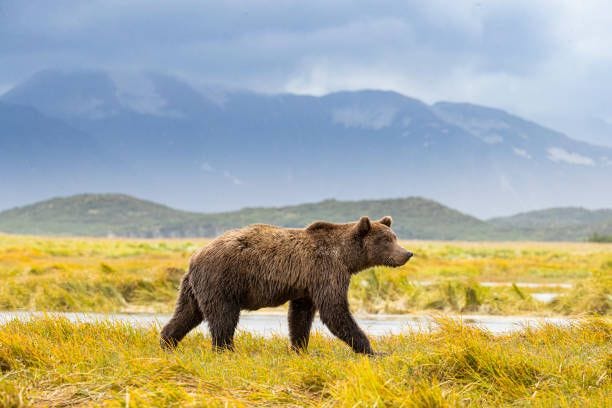
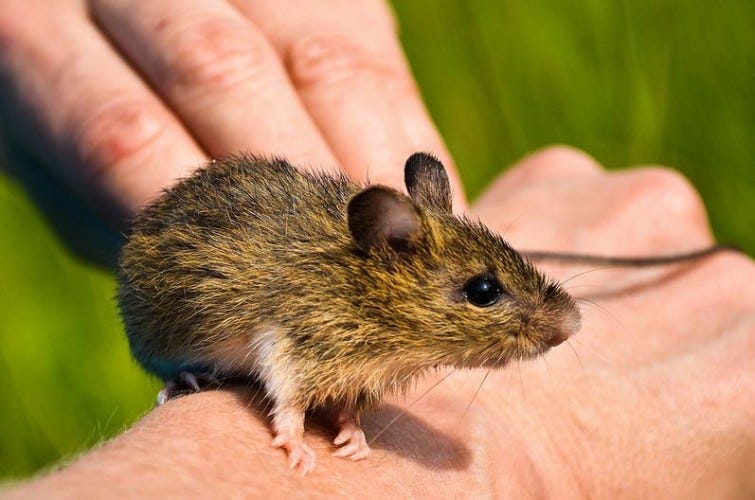
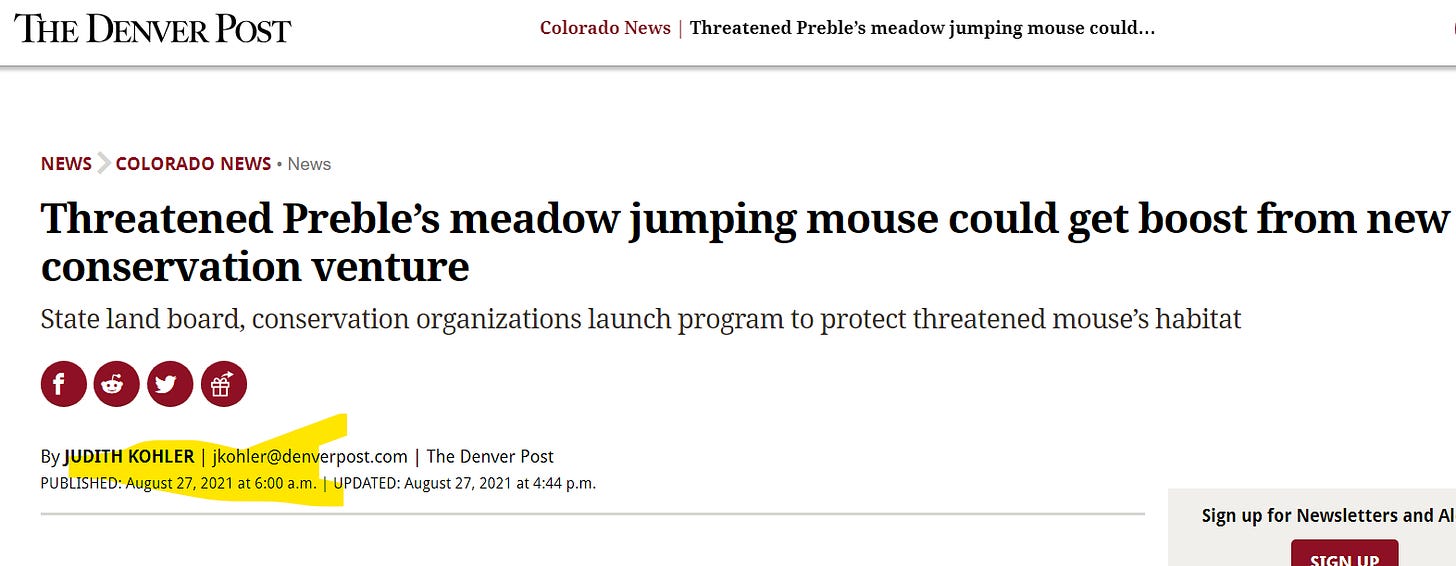

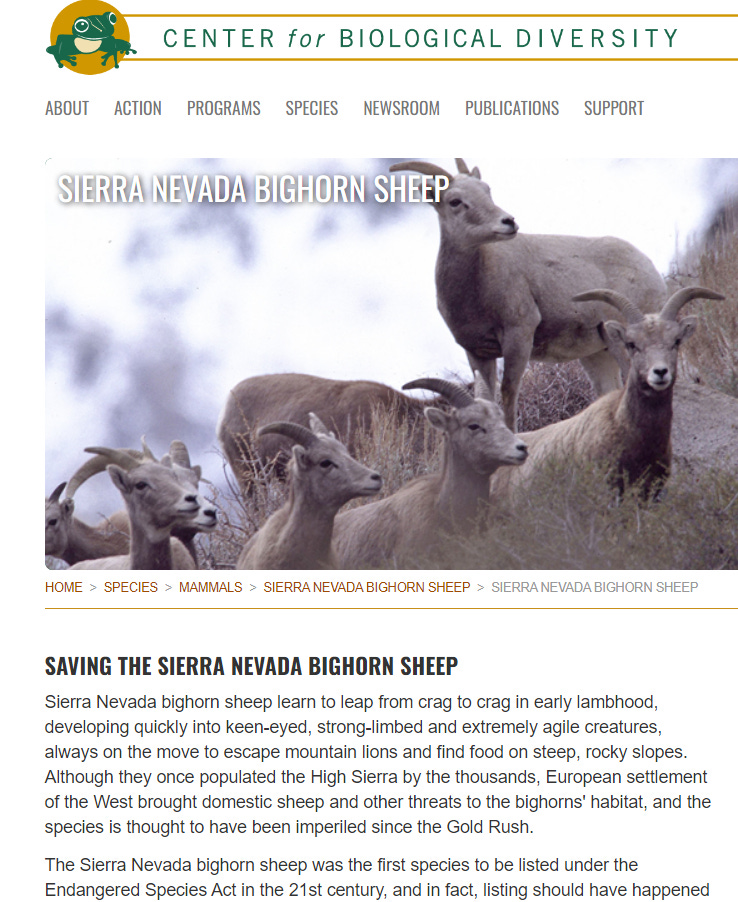

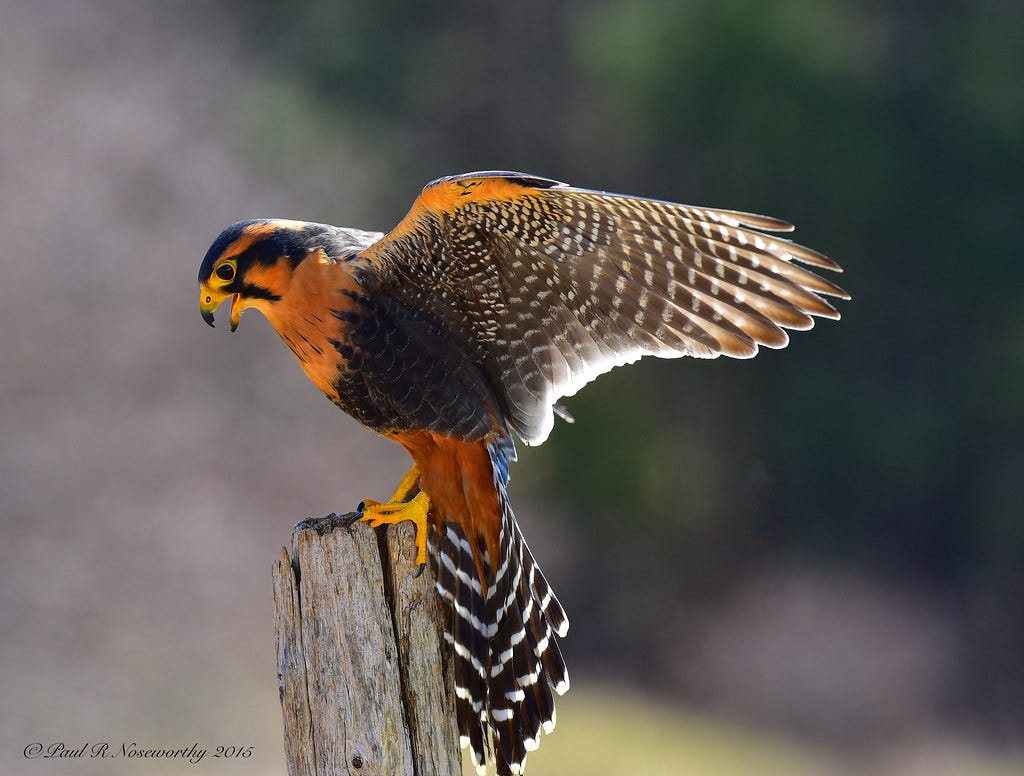
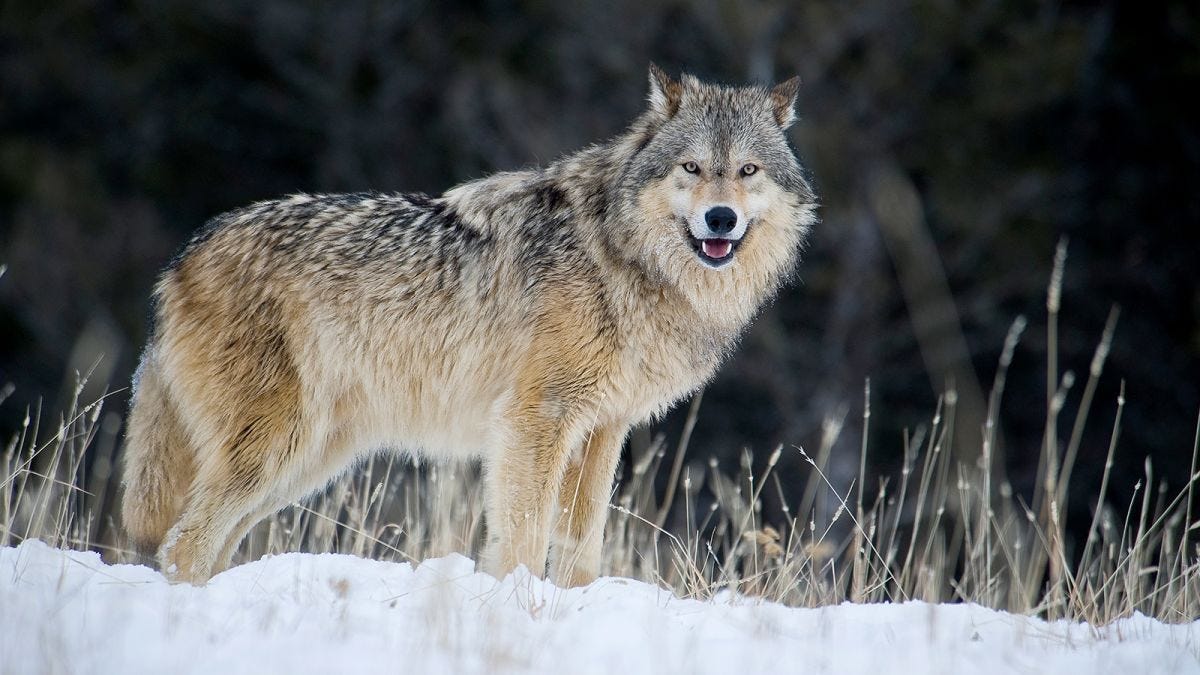
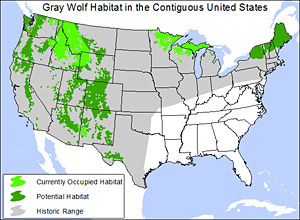

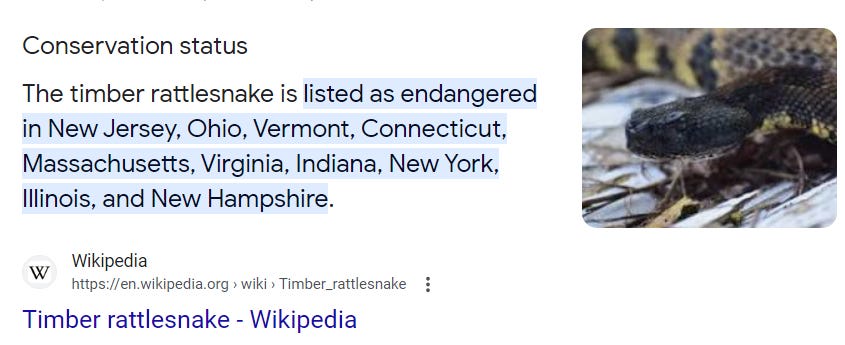

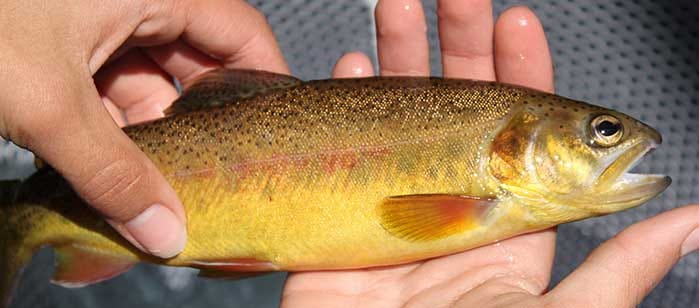
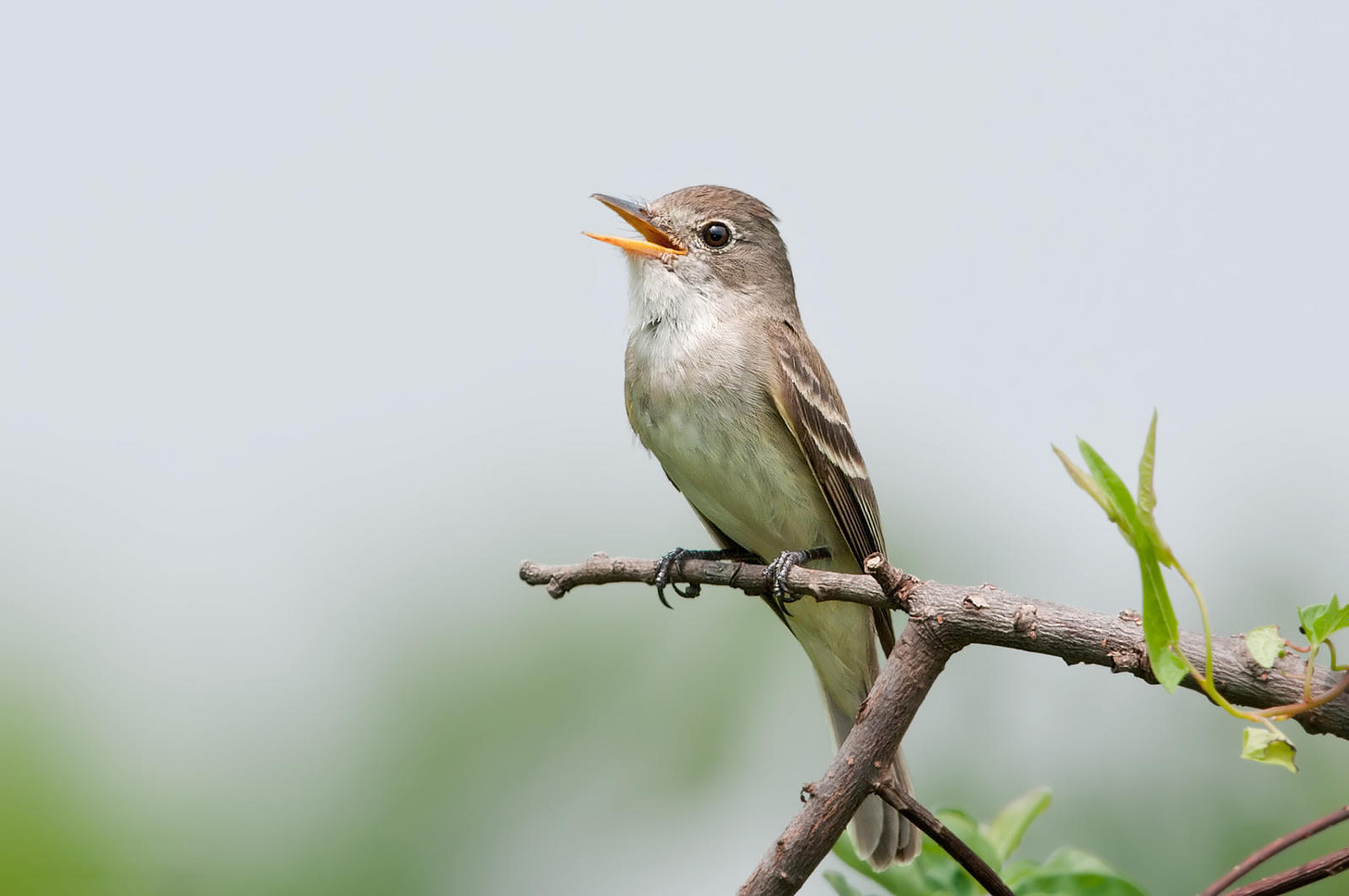

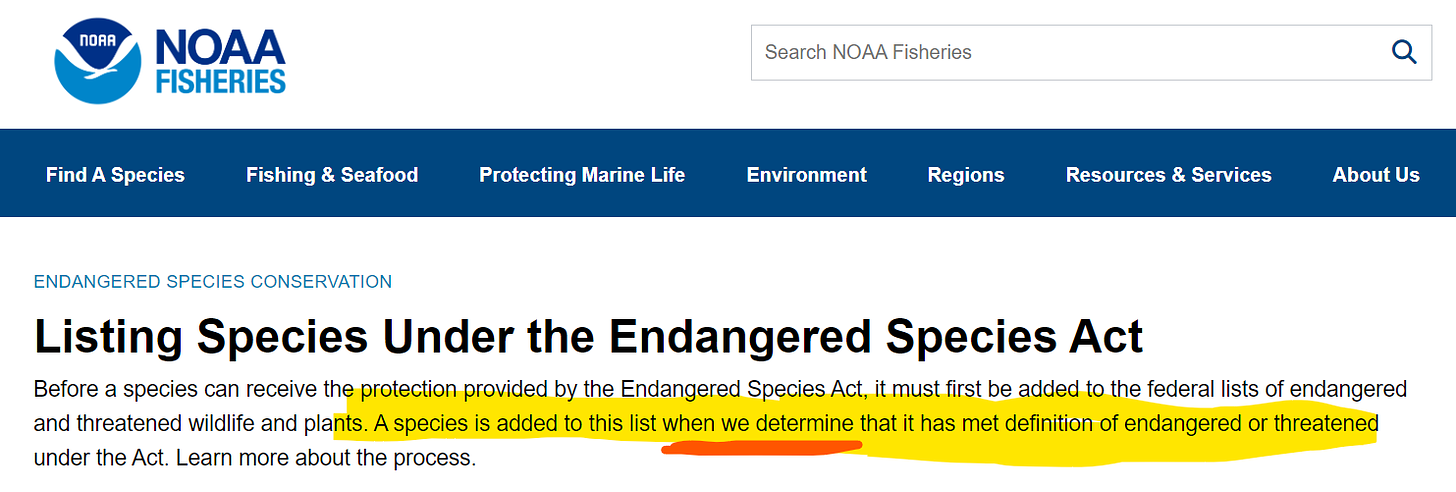


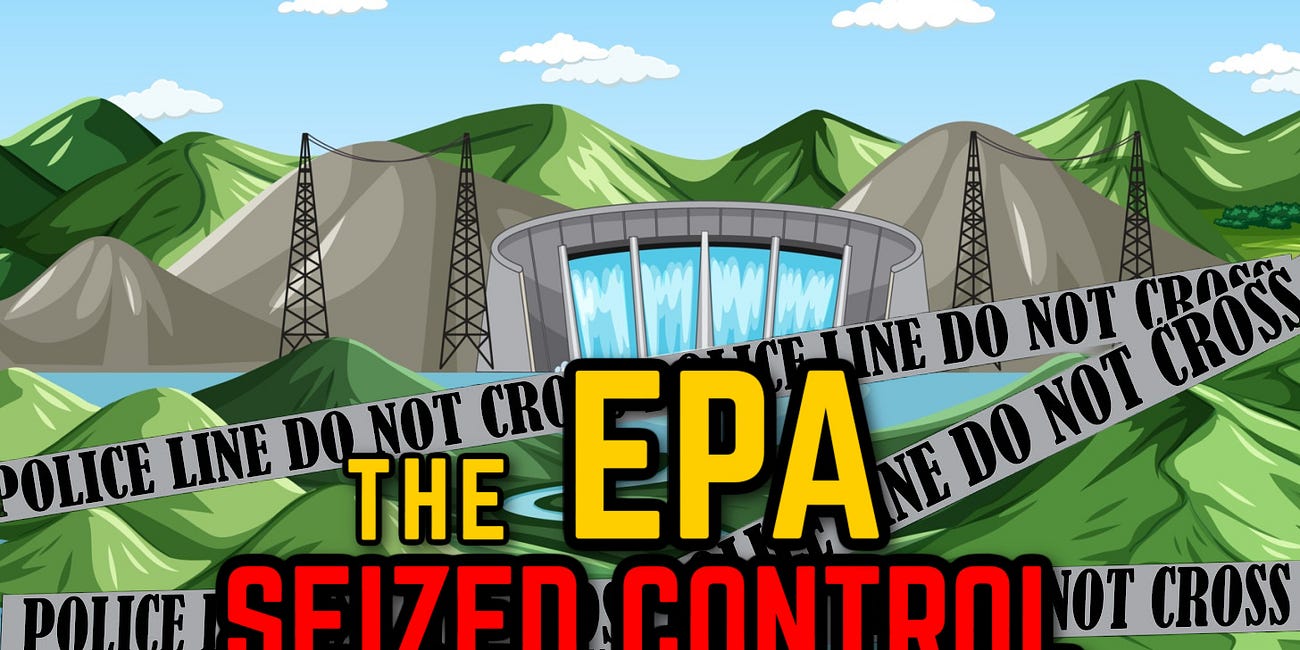




No comments:
Post a Comment